Entry Type: Thing - Starting with E
E. Ritter & Company
E&M Recording Company and My Records
aka: My Records
Eagle [Steamboat]
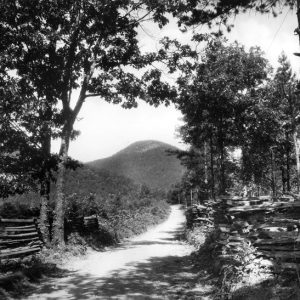 Eagle Mountain
Eagle Mountain
 James Eagle Campaign Arch
James Eagle Campaign Arch
Eagle, The [Newspaper]
 Ira E. Eaker Bust
Ira E. Eaker Bust
 Earl Kiech Cotton Gin
Earl Kiech Cotton Gin
Earthquakes
 Earwigs
Earwigs
Earwigs
East Arkansas Community College
EAST Initiative
 Eastern Bluebird
Eastern Bluebird
 Eastern Collared Lizard
Eastern Collared Lizard
 Eastern Hognose Snake
Eastern Hognose Snake
 Eastern Meadowlark
Eastern Meadowlark
 Eastern Screech Owl
Eastern Screech Owl
 Eastern Spadefoot
Eastern Spadefoot
 Eastern Tiger Swallowtail
Eastern Tiger Swallowtail
 Eastern Tiger Swallowtail Proboscis
Eastern Tiger Swallowtail Proboscis
Ebenezer Monument
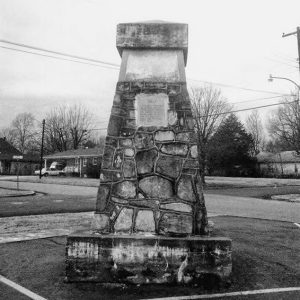 Ebenezer Monument
Ebenezer Monument
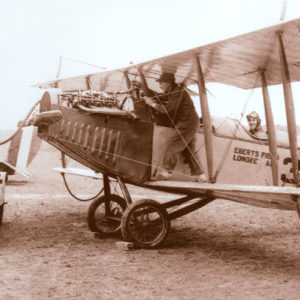 Eberts Field Airplane
Eberts Field Airplane
 Eberts Training Field Gunnery Plane
Eberts Training Field Gunnery Plane
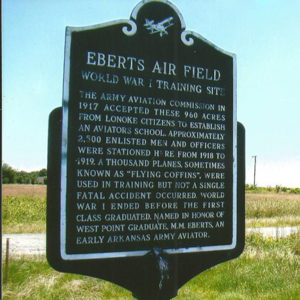 Eberts Marker
Eberts Marker
Ecclesia College
 Echo Cove September Morning
Echo Cove September Morning
Eclipse [Steamboat]
aka: City of St. Joseph [Steamboat]
Ed Knight House
Ed Walker’s Drive-in and Restaurant
Eddie Mae Herron Center & Museum
aka: St. Mary’s AME Church (Pocahontas)
aka: Pocahontas Colored School
Education Reform
Education, Higher
 Eel Life Phases
Eel Life Phases
 Eels
Eels
 Egret at Millwood Lake
Egret at Millwood Lake
 Eiffel Tower
Eiffel Tower
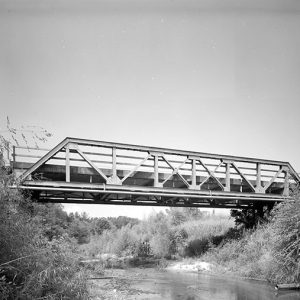 Eight Mile Creek Bridge
Eight Mile Creek Bridge
 Eighteenth Amendment
Eighteenth Amendment
 Dwight Eisenhower's Diary
Dwight Eisenhower's Diary
El Dorado Confederate Monument
 El Dorado Confederate Monument
El Dorado Confederate Monument
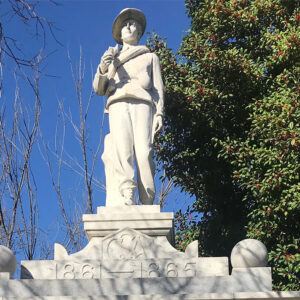 El Dorado Confederate Monument Detail
El Dorado Confederate Monument Detail
El Dorado High School Gym
El Dorado Junior College
 El Dorado Oil Rig
El Dorado Oil Rig
El Dorado Promise
 El Latino
El Latino




